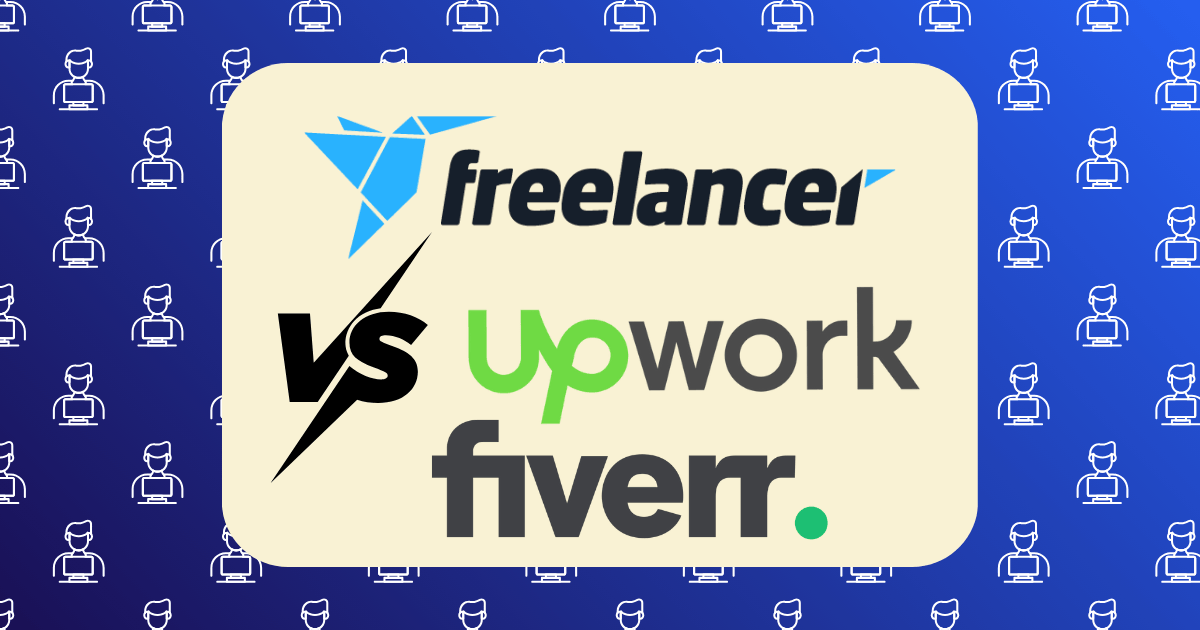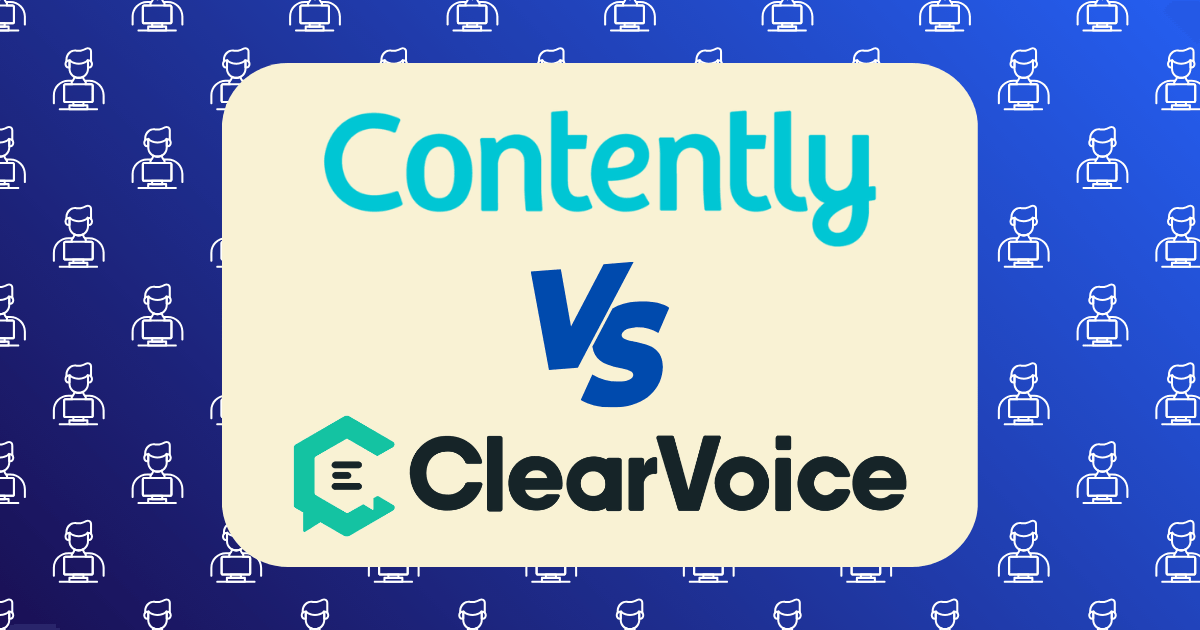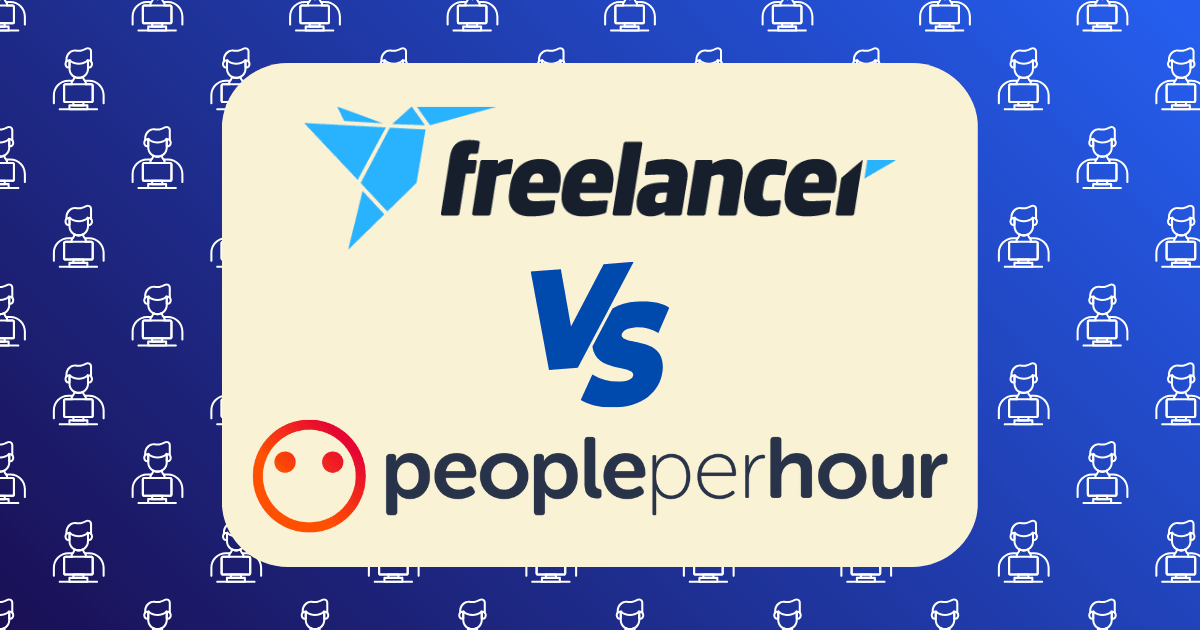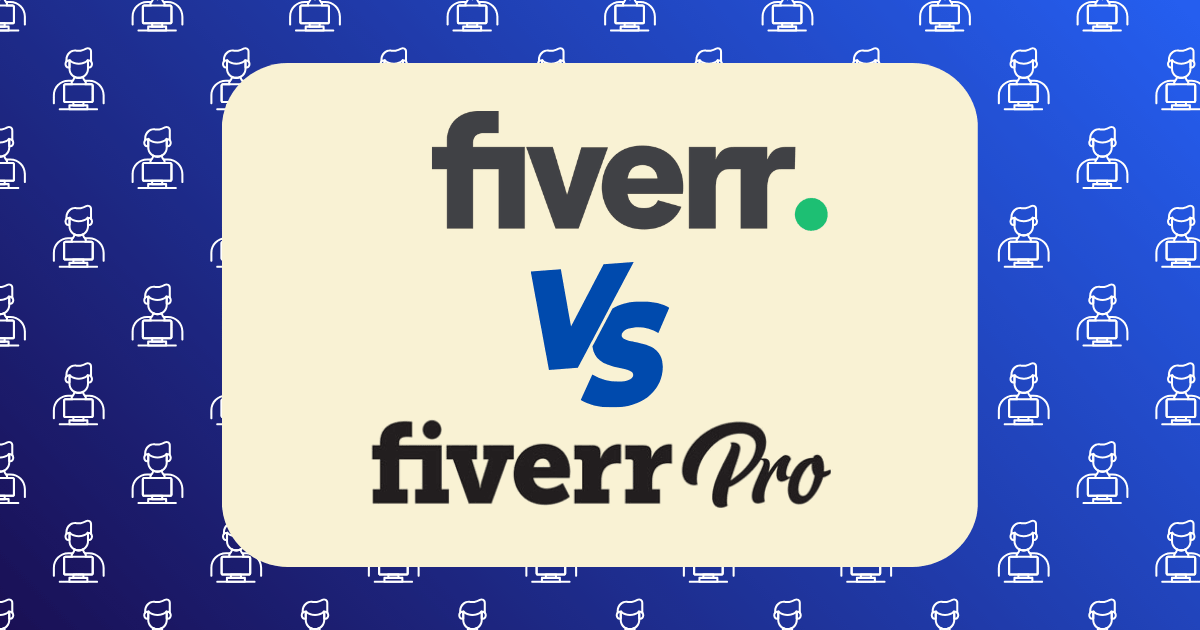SolidGigs vs FlexJobs: Is Either Job Board Actually Worth Paying For? My 60-Day Test
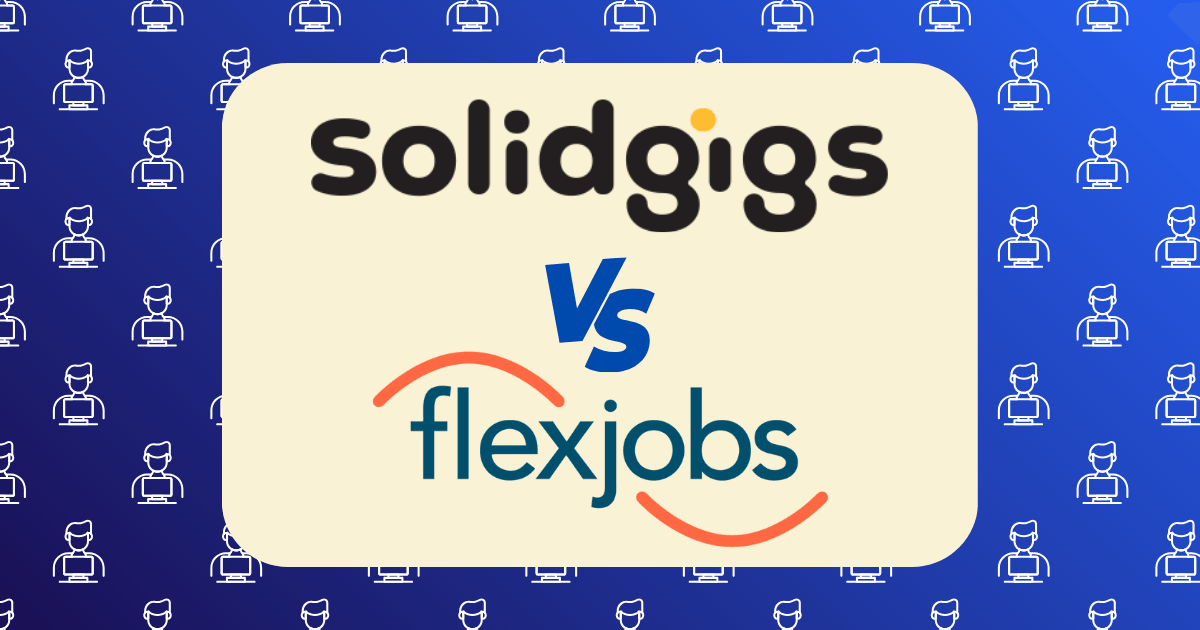
As a freelancer for over seven years, I’ve tried nearly every method to find quality clients. From cold pitching to networking events, from free job boards to paid platforms—I’ve done it all with varying degrees of success.
But one question that kept coming up in my freelance communities was whether paid job boards are actually worth the investment. Specifically, people wanted to know about SolidGigs vs FlexJobs—two of the most popular premium job platforms for freelancers and remote workers.
Instead of just speculating, I decided to put my money where my mouth is. I signed up for both platforms and used them consistently for 60 days to see if either one would actually deliver on their promises.
This isn’t some theoretical comparison—it’s my real experience spending real money to test these platforms head-to-head. Let’s dive in.
The Experiment Setup
Before sharing my results, let me explain exactly how I tested these platforms:
- Test period: 60 consecutive days (May-June 2025)
- Subscription type: Monthly for both platforms
- Total cost: $35 for SolidGigs + $24.95 for FlexJobs = $59.95/month
- My profile: Content writer/strategist with 7+ years of experience
- Application process: Applied to at least 5 jobs per week on each platform
- Tracking metrics: Number of quality leads, interviews secured, jobs landed, and overall ROI
I also created a specific email address just for this experiment to accurately track responses and keep everything organized.
Now, let’s look at what each platform promises before revealing my results.
What Each Platform Promises
SolidGigs
SolidGigs positions itself as a premium job curation service that delivers the “top 1% of freelance gigs” directly to your inbox. Their main selling points include:
- Hand-picked freelance opportunities from multiple sources
- Jobs delivered directly to your inbox (no need to constantly check job boards)
- Focus on quality over quantity
- Additional resources like courses and pitch templates
- $35/month or $21/month billed annually
FlexJobs
FlexJobs takes a different approach as a comprehensive job board specializing in remote, flexible, and freelance positions. Their key offerings include:
- Over 30,000 hand-screened job listings from nearly 6,000 companies
- Guarantee of no scams or low-quality postings
- Advanced search filters to find exactly what you’re looking for
- Career resources including skills tests and coaching
- $24.95/month, with discounts for longer subscriptions
Both platforms essentially promise the same thing: save time finding quality opportunities by paying for curation. Butdo they deliver? Let’s find out.
The 60-Day Results
Week 1-2: Getting Started
SolidGigs:
- Setup process: Simple5-minute signup
- First gigs received: Within 24 hours
- Initial impression: Clean emails with8-12 curated opportunities per week
- Quality of leads: Mostly mid-range ($500-1,500 projects)
FlexJobs:
- Setup process: More involved (20minutes to complete profile)
- Job access: Immediate access to thousands of listings
- Initial impression: Overwhelming number of options requiring significant filtering
- Quality of leads: Wide range from entry-level to premium
Week 3-4: Application Process
SolidGigs:
- Applied to:12 jobs
- Response rate: 3responses (25%)
- Interview secured: 1
- Jobs landed: 0
- Time spent: ~2 hours total searching and applying
FlexJobs:
- Applied to: 15 jobs
- Response rate: 2 responses (13%)
- Interviews secured: 1
- Jobs landed: 0
- Time spent: ~5 hours total searching and applying
Week 5-8: Gaining Momentum
SolidGigs:
- Applied to: 22 additional jobs
- Response rate: 6 responses (27%)
- Interviews secured: 3
- Jobs landed: 1 ($850 blog post package)
- Time spent: ~4 hours total
FlexJobs:
- Applied to: 25 additional jobs
- Response rate: 5 responses (20%)
- Interviews secured: 3
- Jobs landed: 2 ($400 and $600 projects)
- Time spent: ~8 hours total
Final Two Weeks: Wrapping Up
By the end of my 60-day experiment, here were my final tallies:
SolidGigs:
- Total applications: 42
- Total responses: 11 (26% response rate)
- Interviews: 5
- Jobs landed: 2 (total value: $1,750)
- ROI: $1,750 revenue – $70 subscription = $1,680 profit
FlexJobs:
- Total applications: 50
- Total responses: 10 (20% response rate)
- Interviews: 5
- Jobs landed: 3 (total value: $1,850)
- ROI: $1,850 revenue – $49.90 subscription = $1,800.10 profit
The Detailed Breakdown: SolidGigs
What I Liked About SolidGigs
1. Time Efficiency
SolidGigs delivered on its promise to save time. The curated emails meant I didn’t need to sift through hundreds of postings. Each week, I received about 10-15 opportunities that were generally relevant to my skills.
2. Quality of Opportunities
Most jobs were from established businesses willing to pay professional rates. I didn’t encounter any “write10 articles for $50” type listings that plague free job boards.
3. Additional Resources
The platform includes access to courses and training from successful freelancers. I particularly enjoyed the proposal templates and client communication scripts.
4. Simple Interface
The email-based delivery system was straightforward and didn’t require learning a new platform interface.
What I Didn’t Like About SolidGigs
1. Limited Volume
While the quality was generally good, the volume was sometimes too low. Some weeks I only received 8-10 opportunities across all categories.
2. Niche Bias
There was a noticeable bias toward certain niches, particularly copywriting and web development. As a content strategist, I sometimes felt the opportunities were limited.
3. No Direct Application System
Unlike FlexJobs, SolidGigs just provides links to external application pages, which meant dealing with various application systems.
4. Price Point
At $35/month, it’s on the higher end for job boards, especially considering the limited volume of opportunities.
The Detailed Breakdown: FlexJobs
What I Liked About FlexJobs
1. Comprehensive Database
The sheer number of listings was impressive. I could always find something to apply for, regardless of how specific my search criteria were.
2. Advanced Filtering
The search functionality allowed me to filter by industry, experience level, pay range, and more, making it easier to find relevant opportunities.
3. Company Research
FlexJobs provides detailed company profiles, which helped me tailor my applications and understand potential employers better.
4. Additional Career Services
The skills tests, resume reviews, and career coaching offered additional value beyond just job listings.
What I Didn’t Like About FlexJobs
1. Time-Consuming
Despite the filters, I still spent significantly more time searching and applying on FlexJobs compared to SolidGigs.
2. Variable Quality
While there were no scams (as promised), the quality of opportunities varied widely. Some positions offered disappointingly low compensation.
3. Competition
Many listings had hundreds of applicants, making it harder to stand out.
4. Duplicate Listings
I frequently found the same jobs posted on free sites like Indeed or LinkedIn, making me question the value of paying for access.
Which Platform Delivered Better ROI?
Looking purely at the numbers, both platforms technically “paid for themselves” during my 60-day test:
- SolidGigs: $1,680 profit after subscription costs
- FlexJobs: $1,800.10 profit after subscription costs
FlexJobs delivered slightly higher total revenue, but required significantly more time investment. When factoring in the time spent, SolidGigs provided a better return on my combined time and money investment.
Who Is Each Platform Best For?
Based on my experience, here’s who I think would benefit most from each platform:
SolidGigs is best for:
- Established freelancers with clear specializations
- Busy professionals who value time over volume
- Higher-rate freelancers looking for quality over quantity
- People who hate searching job boards and prefer curated opportunities
FlexJobs is best for:
- Freelancers open to part-time or full-time remote work (not just gigs)
- Those in specialized fields needing specific industry filters
- Beginning freelancers building a client base
- People who don’t mind spending time searching for the perfect opportunity
Is Either One Actually Worth It?
After 60 days of testing, my conclusion is nuanced:
Yes, both platforms can be worth the investment—but only for certain freelancers and with the right expectations.
Neither platform is a magic bullet that will flood you with high-paying clients. Both require consistent effort, strong application materials, and follow-through.
When SolidGigs is worth it:
- If your time is valuable and you want pre-vetted opportunities
- If you’re in one of their well-represented niches (copywriting, design, development)
- If you have a compelling portfolio that can convert opportunities into clients
When FlexJobs is worth it:
- If you’re looking for both freelance and remote employment options
- If you have specific requirements and need advanced filtering
- If you’re willing to put in the time to search through many listings
When neither is worth it:
- If you’re just starting out with no portfolio or experience
- If you’re in a highly specialized niche with few remote opportunities
- If you’re not willing to consistently apply and follow up
Money-Saving Tips for Both Platforms
If you do decide to try either platform, here are some tips to maximize your investment:
For SolidGigs:
- Use the 7-day free trial first
- Consider the annual plan ($21/month) if you like it
- Set up email filters to organize opportunities by niche
- Block time each week specifically for applications
For FlexJobs:
- Look for discount codes (they frequently offer 30% off)
- Start with the monthly plan to test it out
- Save interesting companies to your dashboard for future opportunities
- Use their skills tests to stand out from other applicants
My Final Verdict After 60 Days
If I had to choose just one platform to continue using after my experiment, I would pick SolidGigs—but with caveats.
While FlexJobs delivered slightly more revenue, the time efficiency of SolidGigs made it more valuable to me as an established freelancer. However, if I were just starting out or looking for more consistent work, I might lean toward FlexJobs for its volume and variety.
The truth is that both platforms can be effective tools in your freelance business arsenal, but neither one is essential. They’re convenience services that can save you time and potentially connect you with better clients—if you use them strategically.
Your Turn: Have You Tried Either Platform?
Have you used SolidGigs or FlexJobs? I’d love to hear about your experience in the comments below. Did you find them worth the investment, or do you prefer other methods of finding clients?


